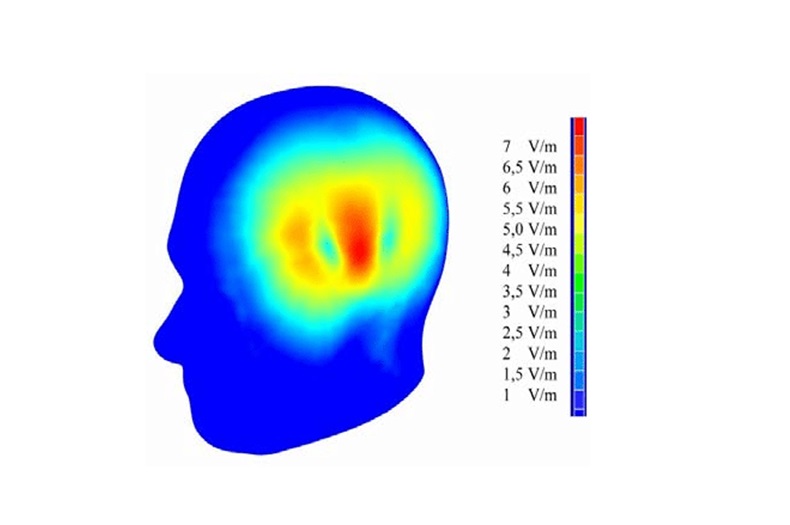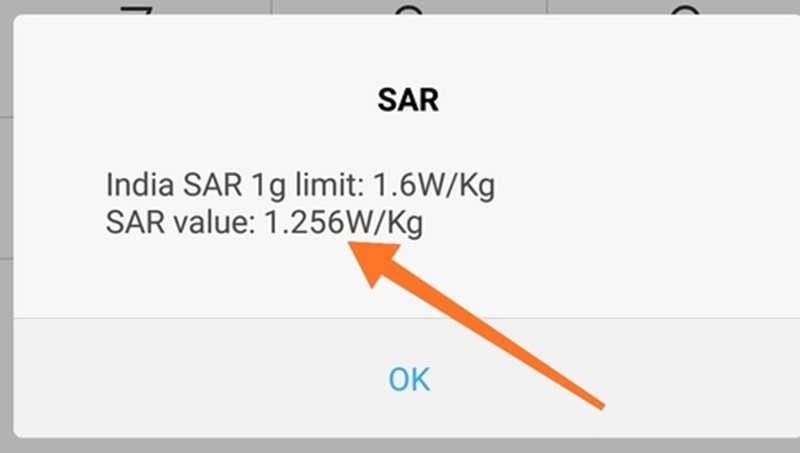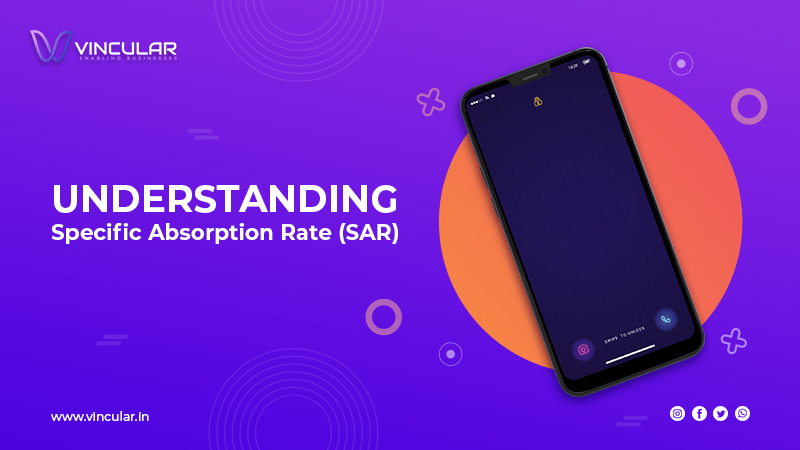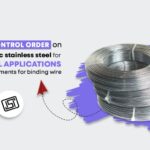Invisible electromagnetic waves can be absorbed by human or animal bodies, and the rate at which they are absorbed is known as a specific absorption rate (SAR).
In simple words, mobile communication uses high-frequency electromagnetic fields for information transmission.
When you talk to someone on your phone, some of the energy from these fields is absorbed into your brain.
If you are wearing a headset or if you are carrying a mobile phone in your pocket for example, the energy will be absorbed by the part of your body near the mobile phone.
According to several studies, radio frequency (RF) waves can cause health problems, such as tissue heating or cell damage.
Since it is not possible to completely avoid using wireless devices, a Specific Absorption Rate was introduced to limit radiation exposure.
So, let’s get a deep understanding of what is the Specific Absorption Rate and what are its limits and guidelines.
What is the Specific Absorption Rate?

Specific Absorption Rate (SAR) is a measure of how much radio frequency energy is absorbed by our bodies while using wireless devices. It is measured in watts per kilogram (W/kg).
A mobile phone’s specific absorption rate must be less than 2 watts per kilogram to avoid harmful health effects.
All mobile phone models undergo an exposure testing process to ensure they meet national and global exposure limits for radio frequency emissions before being made available for sale in each market.
Who Decides What a Safe Exposure Level is?

There are currently two international safety bodies that have developed exposure guidelines for workers and the general public:
- The International Commission on Non-Ionizing Radiation Protection (ICNIRP)
- The Institute of Electrical and Electronics Engineers (IEEE).
The International Commission on Non-Proliferation of Radioactive Devices (ICNIRP) guidelines are in use in several African, Asian, European and Middle Eastern countries.
However, a similar standard, developed by the International Electrotechnical Commission (ICES), is in use in the United States.
SAR Standards and Limits for Various Countries
SAR standards are developed by different regulatory bodies based on their specific needs. It describes testing and limit values to reduce radio frequency emissions from wireless devices.
Standardization of SAR is most commonly done by the Federal Communications Commission (FCC) in the US, the European Union (EU), and Innovation, Science and Economic Development Canada (ISED).
However, a wireless device can only be introduced into the market if its maximum value does not exceed the limits described by the relevant SAR standards.
Also, these exposure limits differ between the countries/regions, the following table provides mobile phones’ SAR limits of various countries.
| Country | Regulatory Bodies | Limit W/Kg averaged over 1 gram of tissue |
| India | DoT | 1.6W/Kg averaged over 1 gram of tissue for both head and body |
| USA | FCC | 1.6 W/Kg for Head,
4 W/Kg for the body averaged over 1 gram of tissue |
| EU | ICNIRP | 2 W/Kg averaged over 10 grams for both Head and body |
| Canada | ICNIRP | 1.6 W/Kg for Head
4 W/Kg for the body averaged over 1 gram of tissue |
| Japan | ICNIRP | 2 W/Kg averaged over 10 grams for both Head and body |
| South Korea | RRA | 1.6 W/Kg for Head
2 W/Kg for the body averaged over 1 gram of tissue |
| China | MIIT | 2 W/Kg averaged over 10 grams for both Head and body |
| Brazil | ANATEL | 1.6 W/Kg for Head
4 W/Kg for the body averaged over 1 gram of tissue |
By being certified by the regulated bodies, the wireless device is considered safe to operate (i.e., it will not emit radiation above the SAR limits set by the corresponding authority of a country).
What is the Standard for SAR in India?
In India, TEC 13016:2023 is the latest standard available for SAR which covers the limits and general requirements including specific measurement criteria for wireless communication devices used near the human body.
TEC 13016 applies to
- Cellular/mobile/satellite phones
- MRTS/HF/VHF/UHF handsets
- Laptops/phablets/tablets,
- Wearable devices
- Manpack and vehicle-mounted radios
- Medical devices having wireless communication modules
- Dongles and other wireless communication devices operate in the frequency range (4MHz to 6GHz) and proximity (up to 20cm) to the human body.
This standard is based on IEC/IEE 62209-1528, IEC 62209-3, IEC 62479, IEC TR 62630, KDB standards, and ICNIRP guidelines.
As per recent notification (No.18-10/2008-IP-Part (1) from DoT on 20th Nov 2023-
- It is mandatory to print SAR on the Mobile phone handset box.
- The Handset Box will contain a booklet with SAR value and its required safety precautions printed.
- SAR information will also be displayed digitally via e-label/QR code/online links etc.
- Manufacturers must observe the above implementation for up to 6 months, and the same must be communicated to the department so that the department, based on this exercise department can take necessary steps to finally decide on how SAR value must be displayed on devices purely digitally or online (e-label/QR code etc.)
SAR Assessment As Per Use Case Of Product
- Cellular/Mobile/Satellite phones are usually used close to the head: Head, Body, Limbs and extremities, with whole body average SAR applicable.
- Handheld devices Tablet/phablets etc. which are very close to the body: Body, Limbs and extremities, whole body average SAR applicable.
- RF Devices Wi-Fi dongle, mobile data card expected to be used near body: Body, whole body average SAR applicable.
- Other IoT/RF devices worn on the body: Body, Limbs and extremities, whole body average SAR applicable.
- IoT/RF devices worn near the head: Head, body, whole body average SAR applicable.
How to Check SAR Compliance on the Device?

The SAR limits compliance information on mobile phones can be checked by entering the code in the device *#07#.
Moreover, any device designed for occupational use must comply with SAR limits for occupational use and visual advisories on the device or leaflet/manual to be provided by the manufacturer.
How Vincular can Help you?

All license-free wireless products must go through the WPC certification process to be released in India.
So, if you are looking for testing or certification service for wireless devices then you are at the right place.
Vincular is India’s best regulatory compliance company and its dedicated team of experts can help you get WPC certificates and approvals hassle-free.




